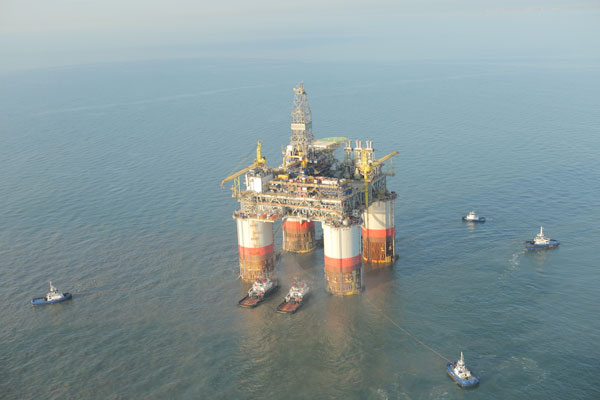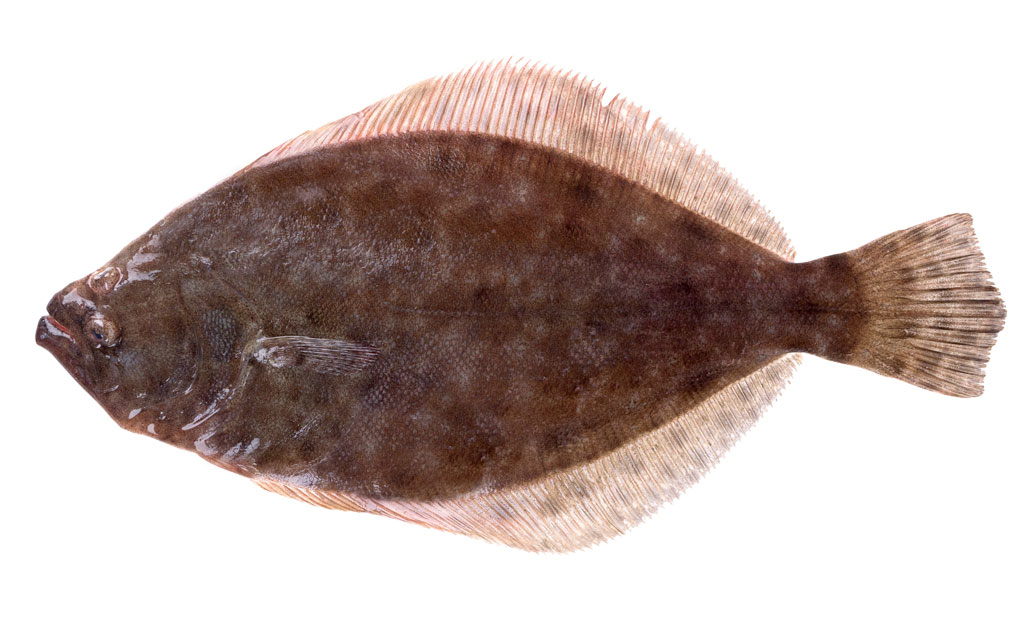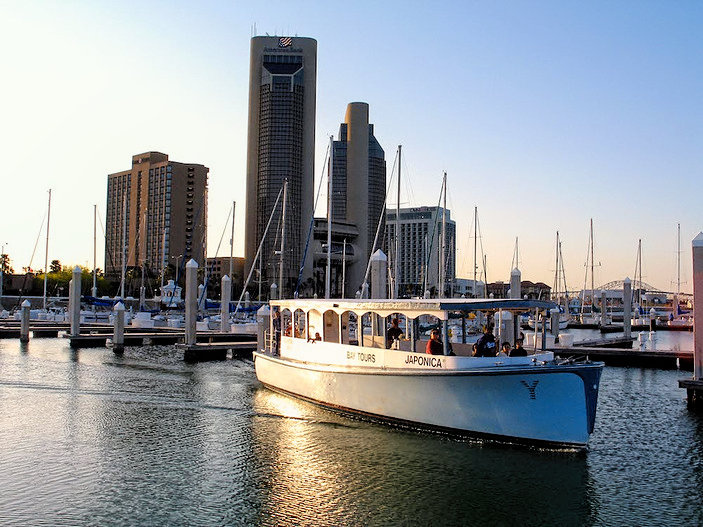
Big Foot moves slowly with the help of tugboats. It took three months to travel from South Korea to Ingleside, Texas. It will take eight to 10 days before it goes back to pumping oil some 225 miles south of New Orleans in the Gulf of Mexico. Courtesy photo
Big Foot left town. One of the largest offshore drilling hulls was tugged by boats through the Corpus Christi Ship Channel in Port Aransas early Saturday morning as it headed to its new home, pumping oil out of the world’s eighth biggest oil field in the Gulf of Mexico. The 3,700 short ton rig left Kiewitt Offshore Services in Ingleside Friday night, March 13, after spending almost two years getting fitted out for oil and gas production.
Big Foot was originally built in South Korea. After three months traveling over water, the rig docked in Ingleside for installation of its water production and water injection systems. The extended-tension leg platform will be anchored 225 miles south of New Orleans in 5,200 feet of water.
Built to withstand a 1,000-year hurricane, Big Foot’s production capacity equals 75,000 barrels of oil and 25 million cubit feet of natural gas per day. The platform can accommodate 200 people at a time. It will be able to export oil to a pipeline or a floating storage and offloading vessel.
Big Foot is one of two platforms mostly owned by Chevron that were outfitted at Kiewitt. The first to leave Ingleside to set up shop in the Gulf of Mexico was Jack/St. Malo, also named after the oil fields it works.
Both rigs are among the first moved into the gulf since the 2010 Deep Water Horizon oil spill. Both also utilize new technologies that have made it possible to find underwater oil reserves at the deepest levels ever. New technology allows geologists to see through thick salt layers below the sea floor where the oil lies.
With newly developed drilling equipment, rigs can now sit in waters more than a mile deep. New rigs like Jack/St. Malo and Big Foot can drill deeper than ever, reaching areas that until recently were out of range.
In the water, Big Foot is about as tall as a 30-story building. Each deck measures the size of a football field. More than 16 miles of pipes were used in assembling the legs that will keep it secure and stabilized in water more than a mile deep.
The rig should arrive at its new home within 8 to 10 days of leaving Ingleside said Cam Van Ast, media advisor for Chevron North America Exploration and Production in Houston.
“The Big Foot Field is estimated to contain total recoverable resources in excess of 200 million oil-equivalent barrels,” Van Ast told Corpus Christi Business News. “It will have an estimated 35-year production life.”
The oil field Big Foot was designed to work was discovered in 2006. With oil production beginning this year, it should produce until 2050.





